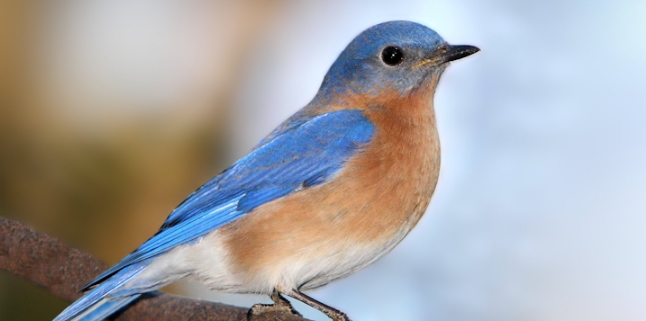We have been actively monitoring our nest boxes and the data is in. I delayed putting it on the Cornell NestWatch.org site because they were down for maintenance. Luckily, I have printed data check sheets that I used to keep track of the data as our volunteers sent it.
We have had some great successes with 12 Eastern Bluebird (Sialia sialis) fledglings, 30 House Wren (Troglodytes aedon) fledglings, and 10 Tree Swallow (Tachycineta bicolor) fledglings. Unfortunately, we have also lost many eggs and chicks.
There are many reasons for an unsuccessful nesting attempt. Predators find their way to them and dine on eggs or chicks. The most common predators are cats, raccoons, and snakes. Sometimes weather can be an issue. Though it has not been cold, the rain has encouraged blowflies, and ants to invade the nests. One box was consistently housing Carpenter bees, and we hope that we have discouraged them enough to allow a current House Wren nest to succeed.
Another concern we have to consider is human interference. We try not to check the nests too frequently so as not to stress the birds or encourage predators. Nevertheless, people are curious by nature and additional visitors can be a problem, especially if they tamper with the nest and contents. So, if you see one of the nest boxes on public property, we recommend that you not disturb it unless you are a volunteer. Take some time to watch it from afar and enjoy natures other gifts. You may find yourself treated with the site of a young Bluebird making its first flight from the nest, ready to start out on its own.


